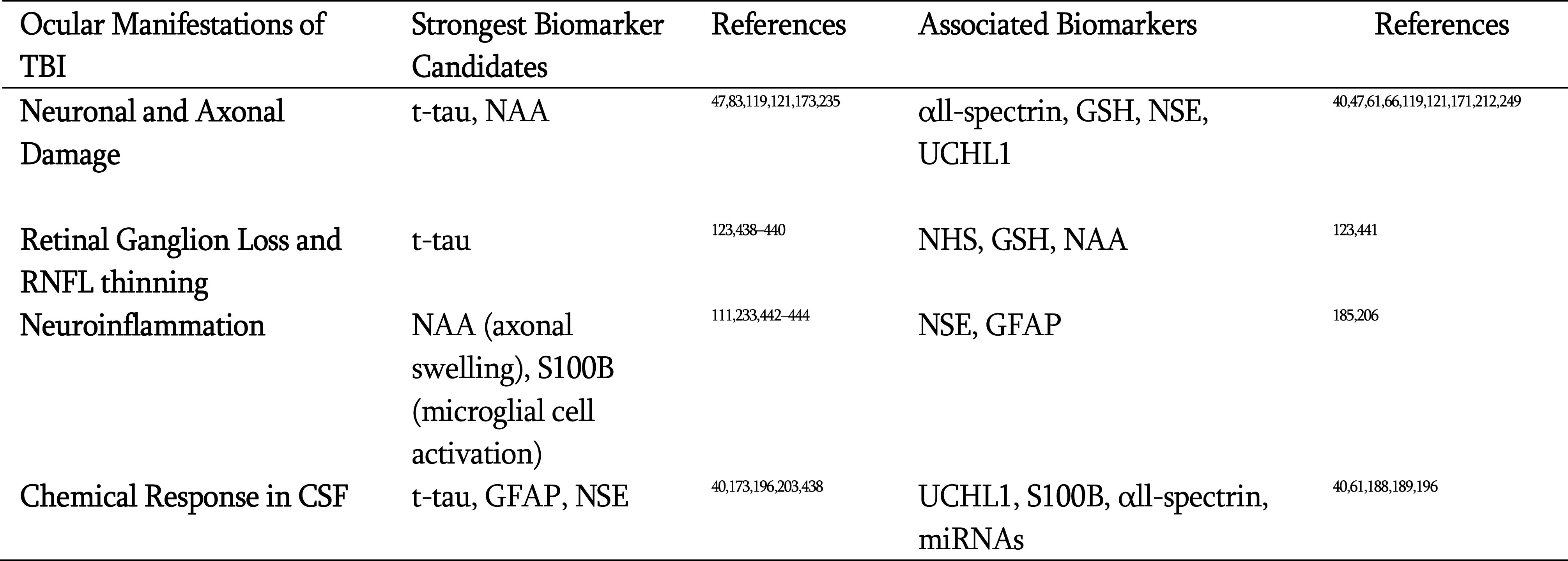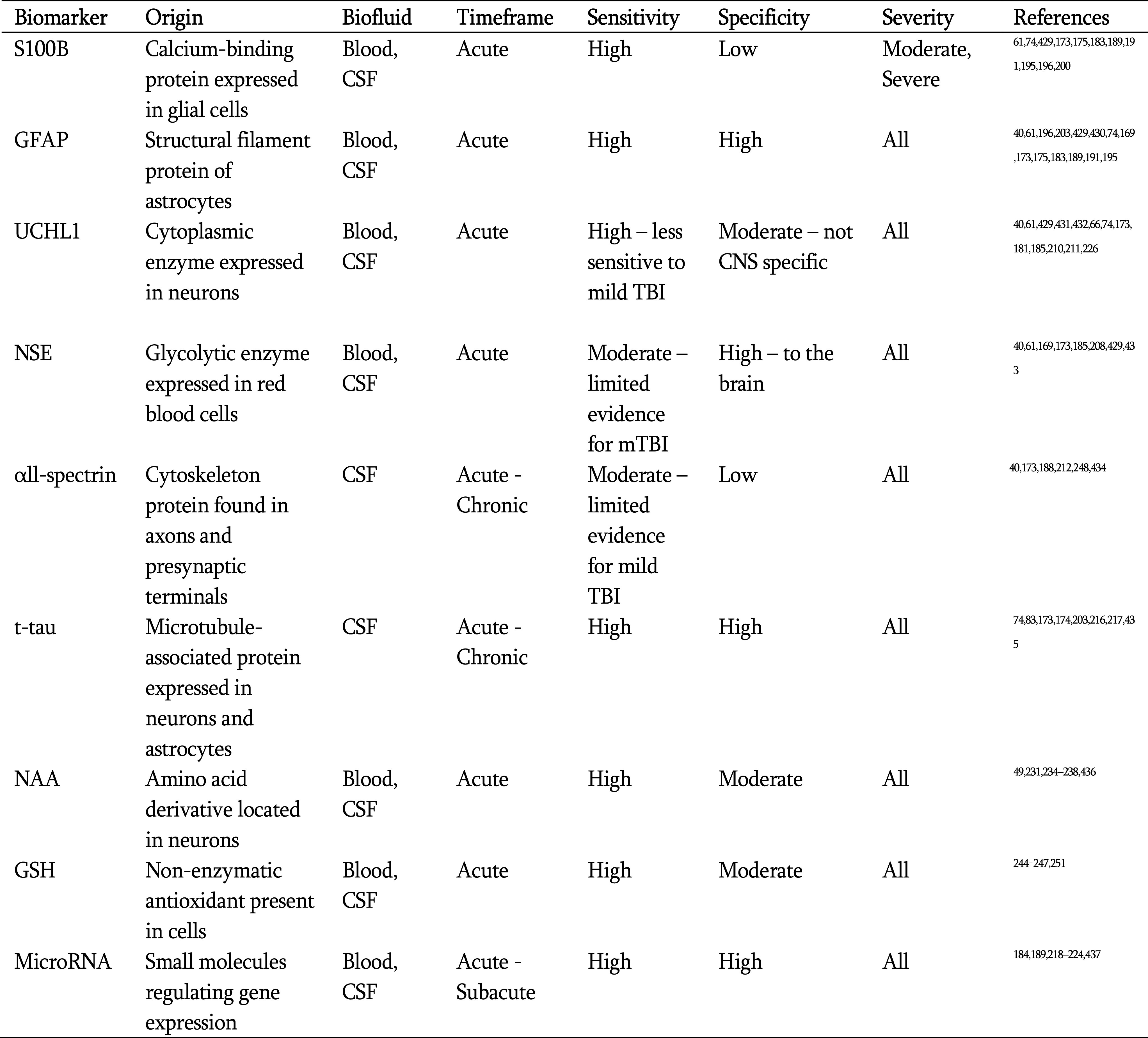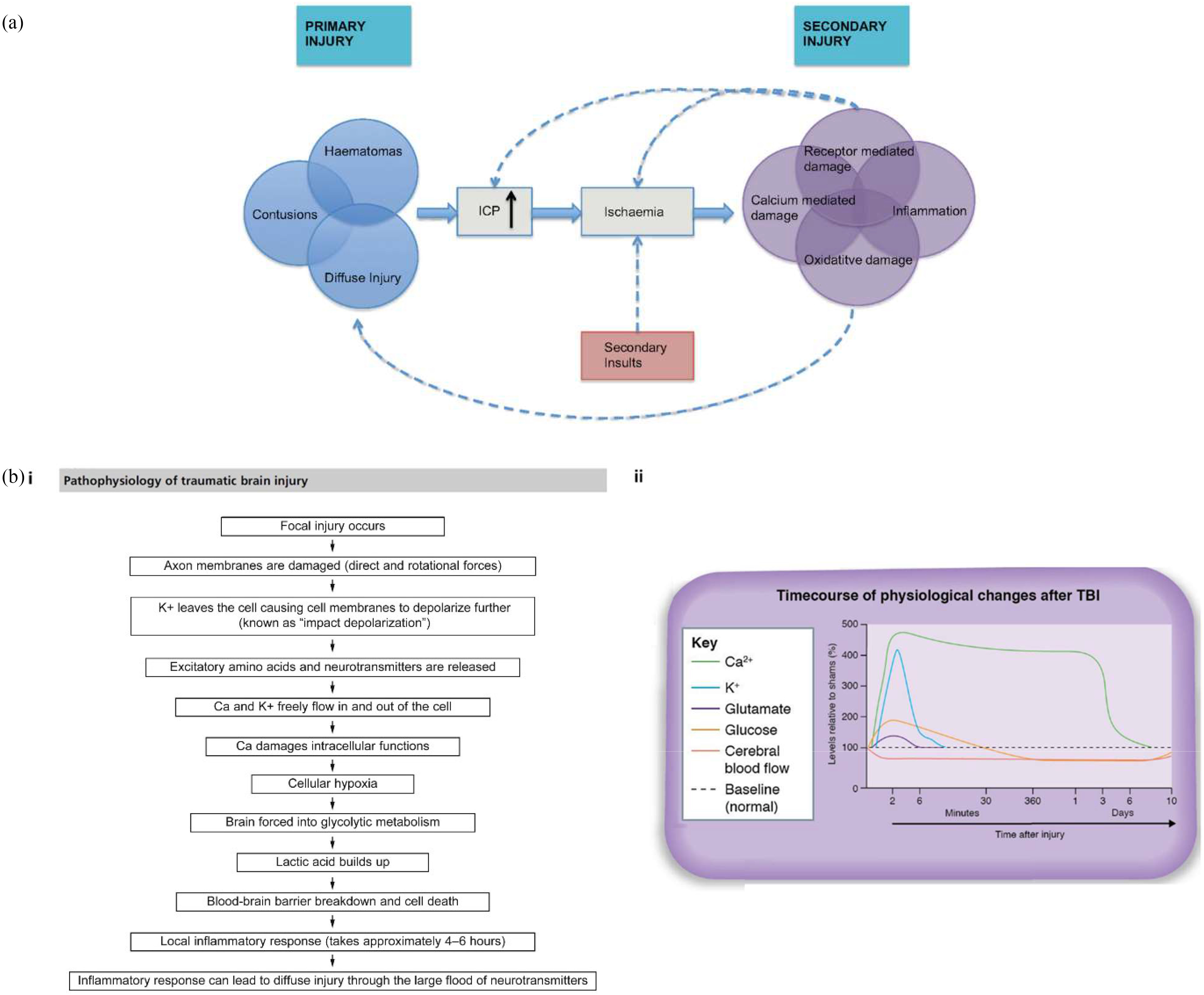综述:新兴的基于眼睛的创伤性脑损伤诊断技术
IF 17.2
1区 工程技术
Q1 ENGINEERING, BIOMEDICAL
引用次数: 1
摘要
神经退行性疾病眼部表现的研究,即眼组学,是早期诊断的一个日益增长的研究领域,使结构和化学生物标志物能够随着时间的推移进行监测,以预测预后。创伤性脑损伤(TBI)会引发一系列对大脑有害的事件,从而导致神经退行性变。TBI,被称为“无声流行病”,正在成为全球死亡和残疾的主要原因。目前还没有有效的TBI诊断工具,然而,众所周知,早期干预可以大大缩短住院时间,改善预后,加快神经系统恢复,降低死亡率,这突出了对能够在早期实施快速准确的护理点诊断技术的未满足需求。本文综述了主要神经病理学反应的最新进展以及TBI诊断方法的成就和不足。概述了经验证和新兴的TBI指示生物标志物,并将其与眼部神经疾病联系起来。检测TBI的结构和化学眼部反应的方法与前瞻性的化学和物理传感技术一起进行了分类。拉曼光谱作为一种对大脑眼部投射中神经分子特征的非侵入性传感,为TBI的替代护理点诊断技术奠定了第一条切实可行的道路,这一潜力引起了人们的特别关注本文章由计算机程序翻译,如有差异,请以英文原文为准。



Review: Emerging Eye-Based Diagnostic Technologies for Traumatic Brain Injury
The study of ocular manifestations of neurodegenerative disorders,
Oculomics,
is a growing field of investigation for early diagnostics, enabling structural and chemical biomarkers to be monitored overtime to predict prognosis. Traumatic brain injury (TBI) triggers a cascade of events harmful to the brain, which can lead to neurodegeneration. TBI, termed the “silent epidemic” is becoming a leading cause of death and disability worldwide. There is currently no effective diagnostic tool for TBI, and yet, early-intervention is known to considerably shorten hospital stays, improve outcomes, fasten neurological recovery and lower mortality rates, highlighting the unmet need for techniques capable of rapid and accurate point-of-care diagnostics, implemented in the earliest stages. This review focuses on the latest advances in the main neuropathophysiological responses and the achievements and shortfalls of TBI diagnostic methods. Validated and emerging TBI-indicative biomarkers are outlined and linked to ocular neuro-disorders. Methods detecting structural and chemical ocular responses to TBI are categorised along with prospective chemical and physical sensing techniques. Particular attention is drawn to the potential of Raman spectroscopy as a non-invasive sensing of neurological molecular signatures in the ocular projections of the brain, laying the platform for the first tangible path towards alternative point-of-care diagnostic technologies for TBI
求助全文
通过发布文献求助,成功后即可免费获取论文全文。
去求助
来源期刊

IEEE Reviews in Biomedical Engineering
Engineering-Biomedical Engineering
CiteScore
31.70
自引率
0.60%
发文量
93
期刊介绍:
IEEE Reviews in Biomedical Engineering (RBME) serves as a platform to review the state-of-the-art and trends in the interdisciplinary field of biomedical engineering, which encompasses engineering, life sciences, and medicine. The journal aims to consolidate research and reviews for members of all IEEE societies interested in biomedical engineering. Recognizing the demand for comprehensive reviews among authors of various IEEE journals, RBME addresses this need by receiving, reviewing, and publishing scholarly works under one umbrella. It covers a broad spectrum, from historical to modern developments in biomedical engineering and the integration of technologies from various IEEE societies into the life sciences and medicine.
 求助内容:
求助内容: 应助结果提醒方式:
应助结果提醒方式:


